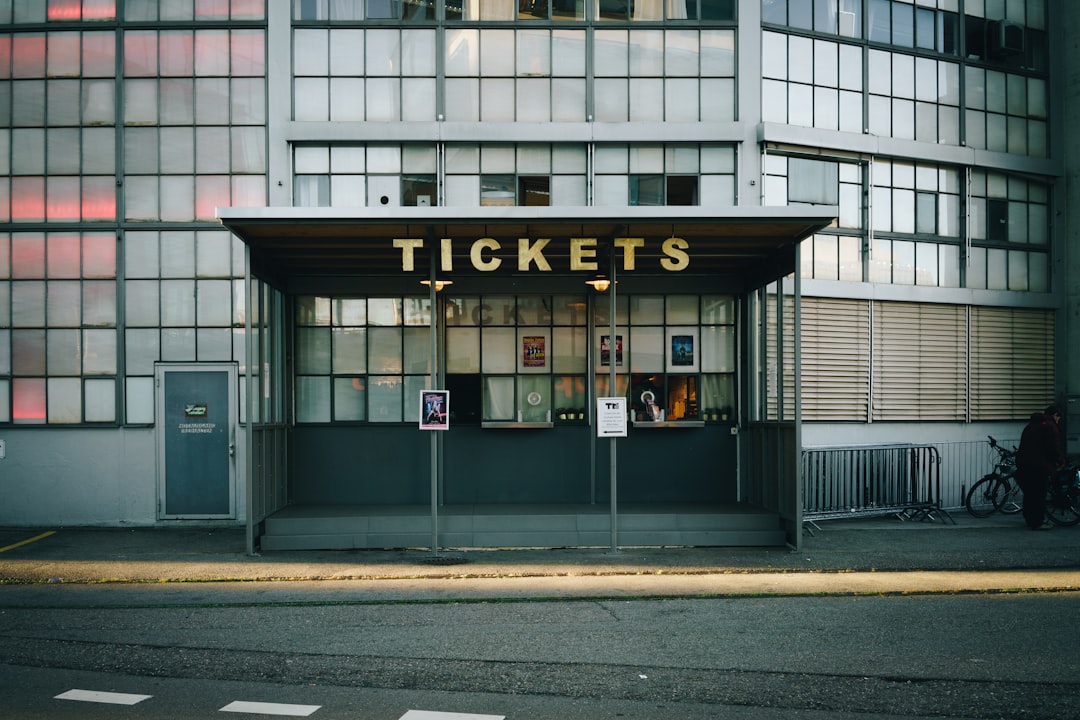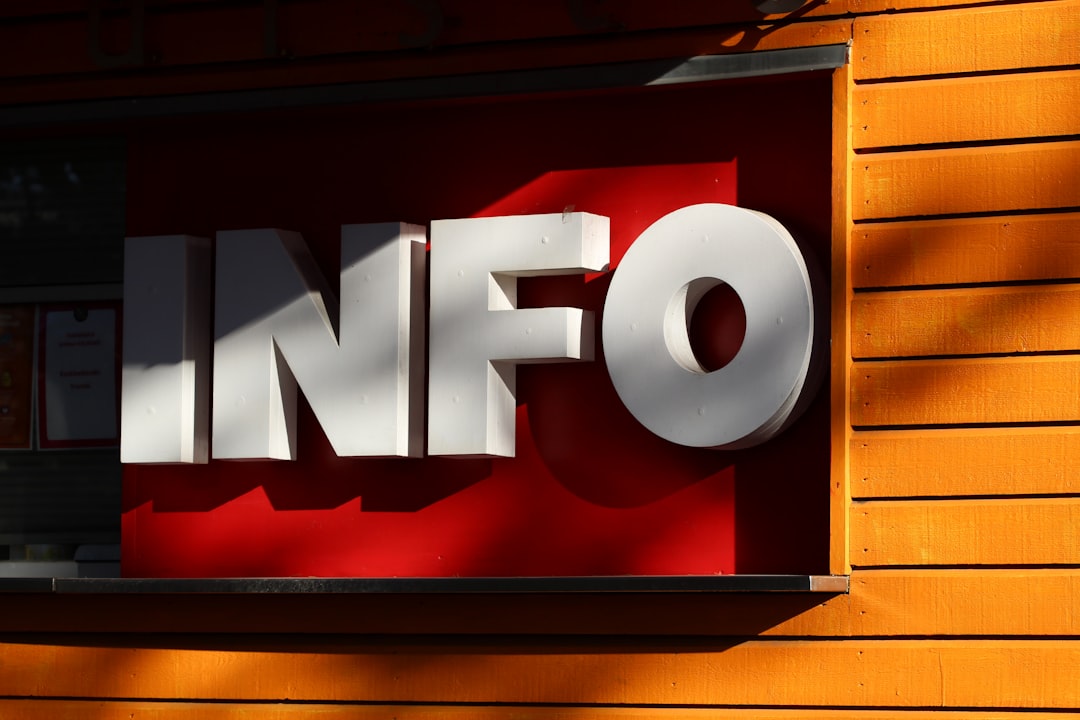A Surface Inspection Of Web3 Deep Dive
Water & Music's Latest Report, DOJ vs. Live Nation, Venues vs. Spotify
Last week, we mentioned the release of Water & Music $STREAM Season 1.5 report, an extensive four-part deep dive into the current state of Web3 music. As promised, we pored over the full report and came back with a collection of salient takeaways that we think offer a glimpse of the work, and the larger Web3 music ecosystem.
Of course, the devil is in the details, so we highly recommend reading the full report yourself. But to whet your appetite, here are a few of the highlights, broken down by report sections.
Temp check: The state of Web3 sentiment across the music industry
Recent music/Web3 headlines, from the fearmongering tactics of NFT platforms like Hitpiece to major NFT ambitions from celebrities like Snoop Dogg, can often depict the music industry’s relationship with Web3 as a precarious emotional rollercoaster, driven by hype more than substance.
If you follow the money, major music companies have been investing more seriously in Web3 startups and hiring more in-house Web3 talent, sending a signal that they see this technology as an important component of their long-term business strategies.
Given the fast-paced nature of Web3 technology and the fact that its development pushes the borders of existing law and regulatory policy, we expect that legal issues and concerns will continue to rank highly among those in the music industry interested in Web3.
Familiarity with Web3 does not automatically translate to positive sentiment around the technology. This suggests that any onboarding initiatives that Web3-native music companies invest in will have to move far beyond just surface-level education about how the technology works, into making a clear, airtight case for how the technology will truly add value to the options that artists and their teams already have available to them in the Web2 music industry.
The state of music DAOs
Since the advent of the Internet at the turn of the 21st century, music fans have consistently been early adopters of new technologies and business models for creative expression and community-building, from online forums to crowdfunding and paid memberships.
The equity-through-contribution model, or “proof of work,” that permeates many DAOs has a direct line to the participatory nature of many global fan cultures.
We found the leaders we spoke with viewed the concept of a DAO not as technical infrastructure, but rather as an abstract social signal to mobilize online communities.
From protocols to people: A study of music NFT platforms’ onboarding strategies
When we look at the nascent, sprawling music NFT landscape, it’s tempting to see a space filled with chaos when compared to the relatively mature streaming DSP market. However, to some extent, we’ve been here before.
Trying to have users engage with platforms for the “music” rather than for the “NFT” or underlying technological aspects — is reflected in how several of the platforms we studied shied away from the use of the words “non-fungible token” and term “NFT” entirely in their public messaging.
The most consistent theme we observed across the onboarding strategies of music NFT platforms was a heavy focus on onboarding artists.
In a Web3-native music industry, power, capital and influence arguably begin to concentrate around artists and fan bases, rather than at the platform level — a dynamic often encapsulated in the mantra “artists are the platform.”
Structuring the law around Web3 music: A new modular music NFT contract framework
When it comes to enforcement and accountability, the law eventually comes in as the great equalizer: Even the most agile, tech-forward independent artists are still beholden to the same complex copyright law as artists signed to major recording and publishing deals.
The heart of what is so challenging about creating a legal standard for music NFTs: The “thing” the buyer is acquiring is not the exclusive copyright to the music or artwork, but the NFT itself, which is a difficult distinction to conceptualize.
One of the most intriguing types of NFTs allows a fan to buy a piece of a song and then receive streaming royalties from their purchase. The issue of whether this type of NFT is defined as a security may seem trivial, but the answer to that question couldn’t be more critical in the context of scaling music/Web3 use cases to mainstream audiences.
Bonus (Non-Web3) Insight
When exploring the relationship between respondent generation and industry role, it was surprising to see that the highest concentration of boomers come from the live (18%) sector of the music industry, while the most common industry role among Gen X was producer/songwriter (42%). Millennials accounted for the most density across the roles of publishing/music-supervisor (83%) and record labels (71%), while Gen-Z’s most frequent roles were a three-way tie across Artist Managers, Freelancers and Music-Tech (14%).
Please consider donating to UNICEF or the International Committee of the Red Cross to help those caught in conflict. 🇺🇦
TAKEAWAYS
Salient statements from this week’s music news.
1. Music Venue Trust Calls for Spotify to Invest in Venues
The UK music venue charity is just one of the interest groups objecting to Spotify’s mega-dollar FC Barcelona sponsorship.
Takeaway: The more streaming booms, the more appealing the idea of reinvesting a meaningful portion of those revenues in the grassroots live industry may become – not just for the major DSPs, but for the major labels too.

2. Lawmakers Call For DOJ, FTC To Investigate Live Nation-Ticketmaster “Monopoly”
Five Democrat senators have recommended the DOJ look into anti-competitive practices 12 years after the concert giants merged.
Takeaway: The Justice Department already has concluded that Live Nation violated restrictions placed on its merger, which combined ticket, promotion, concert and management businesses.

3. P-MRC Data Becomes ‘Luminate,’ Touts Upcoming ‘Cross-Industry Analytics Platform’ As Streaming Growth Continues
The legacy music data firm is looking to find it’s footing in the globalized streaming era.
Takeaway: Today’s streaming-driven music industry (and digitized retail space) makes it easier than ever to monitor songs’ commercial performance, unlike in the not-so-distant past. Similarly, with a growing number of individuals enjoying television through streaming, time will tell whether advertisers ultimately embrace direct data over extrapolated figures.



